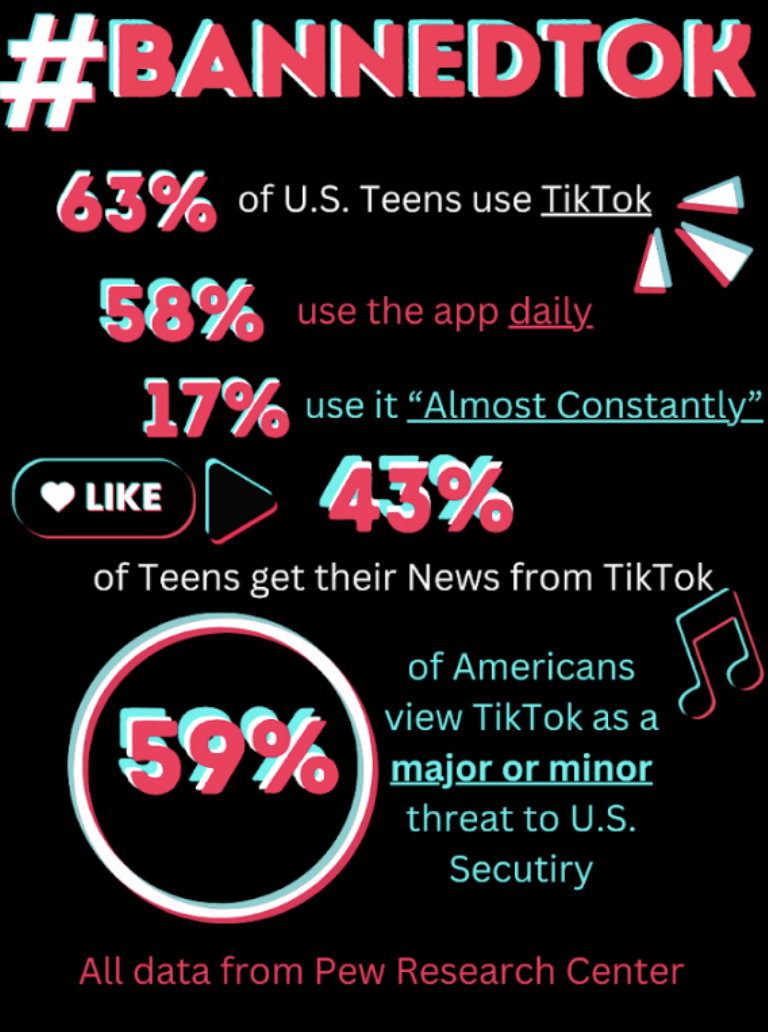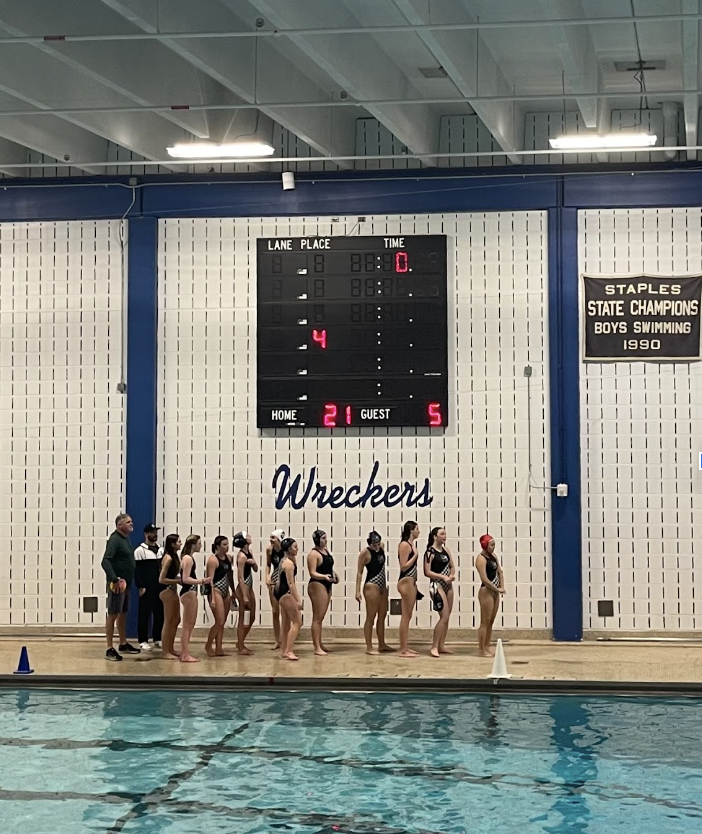Stereotypes pervade girl’s and boy’s friendships at every age. Whether its elementary school when girls bond over dolls and drawing pictures, or middle school when boys associate themselves with the sport they play, there are certain notions that seem to hold true.
Now, there is science to support these stereotypes. An article in Time magazine entitled “Why Girls have BFFs and Boys hang out in packs,” outlines a recent study done on teenagers brains.
This study included 34 kids between the ages of eight and 17, and required them to rate pictures of other boys and girls to determine who they think they would want to be friends with. During this selection process, their brains were monitored to “look inside participants’ heads when they were highly engaged in a potential social interaction” according to the article.
This use of imaging technology revealed that when placed in social situations, boys’ and girls’ brains act differently. The study specifically shows that “girls are hardwired to care about one-on-one relationships with their BFFs, while the brains of boys are more attuned to group dynamics and competition with other boys,” the article explains.
So how does this research show at Staples?
BOYS
PASTIMES
Simply put, “boys are friends because they enjoy each other’s company,” Ryan Greenberg ’13 said.
Greenberg believes that friendships between boys occur because of a common interest or pastime, something that usually unites a whole group together.
With the science in the article aside, Chris Fincher ’13 attests to the group mentality of boys. “What I see is that within a group there are a few closer individual friendships. Still, you can definitely see clear groups of friends.”
For Fincher’s group of friends, a typical night may include “movies, food, or driving around, probably in the pursuit of food.”
FIGHTS
Groups of boys have fun together but no friendship is perpetual bliss. There are disagreements and arguments, but nothing that can’t be resolved with “a few punches” as Greenberg facetiously put it.
Based on his perception, boys tend to get over their fights directly and quickly, making them a lesser deal than he sees with girls.
LASTING FRIENDSHIPS
There are some stereotypes that may not always be true, though, argues Dr. Niobe Way, a professor at NYU and an expert in developmental adolescent psychology. In a New York Times Article, “Allowing Teenage Boys to Love Their Friends,” Dr. Way looks at the need for boys to have long-lasting friendships.
“Despite stereotypes of teenage boys as grunting, emotionally tone-deaf creatures who bond over sports talk and risk-taking, she said, their need for intimate friendship is as potent as it is for girls,” Way said.
In reality, sometimes boy’s group mentality may have a more lasting effect on friendship.
“High school is less “cliquey” than middle school, and you can have friends from sports, friends from school, and friends from other random places,” Fincher said.
While Fincher explained that he is not friends with the exact same group as in younger years, boys tend to have friends from all over, and to be easygoing about their group.
GIRLS
PASTIMES
In contrast to the general groups of friends that boys form, girls tend to have very close, even “best” friends, as the study suggests. While there is no doubt that girls do form larger groups, it is with one-on-one interaction that girls tend to thrive.
“For girls, friends form the center of their lives,” according to a PBS article on raising girls. Friends are a necessary component of every stage in a girl’s life, at a very intimate level, explaining a girl’s need for at least one very close friend.
Olivia Stanley ’13, definitely sees this in her own friendships. She explained that people usually have one or two close friends within their group of friends.
Stanley’s experiences matched the descriptions of very intimate friendships, where girls hang out at one another’s houses, watch movies, and “just talk.”
FIGHTS
Modern media, especially TV, tends to portray girls in a way that suggests they are scheming and gossipy about the same people they call their best friends. People may believe that lying to their best friends is normal because it’s the stereotype that TV exemplifies. However, real girl friendships at Staples don’t seem so extreme, according to Stanley.
“If best friends argue, they are usually good enough friends where you don’t really need to fight about it. But it really depends what you are fighting about,” she said.
However, fights, no matter how big or small, can actually be beneficial. In fact, according to Jeffery Kluger, a science expert and senior writer at Time magazine, further research even proves that working out fights actually strengthens a relationship between people.
LASTING FRIENDSHIPS
Girls tend to widen their circles of friends over time, not usually losing old friends but rather gaining new ones, Stanley explained.
“In elementary school you are friends with people that you have your class with and in middle school everyone splits up into cliques. But high school is different because you can choose your own friends and you know you’ll be friends with them no matter how many classes you have or don’t have with them” she said.
Even after all these differences were highlighted between genders, there is still no doubt that students at Staples, boys and girls alike, find friendships necessary and important parts of life. Into the future, students may find old friends come and go, but the existence of friendships will never go away.














































